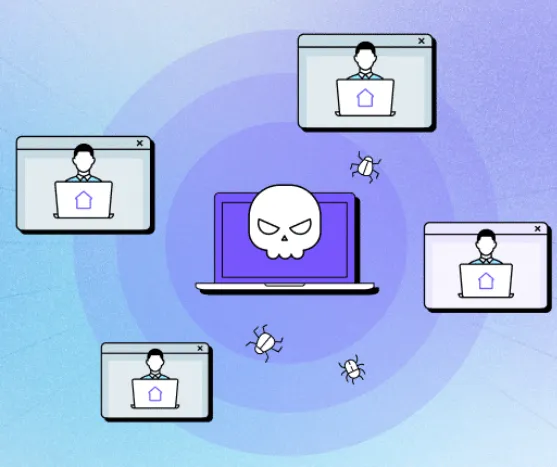The growth of shadow IT—employees using tools and services outside of official IT systems—has become one of the defining challenges of modern workplaces. Companies are responding in different ways: some are tightening enforcement and punishing staff who bypass policy, while others are taking a more thoughtful route by addressing the reasons employees seek out alternative tools in the first place.
In many cases, shadow IT doesn’t stem from malice but from frustration. When corporate systems are outdated, slow, or simply don’t meet day-to-day needs, workers naturally turn to faster, more intuitive technologies they already use at home. The shift to hybrid work accelerated this trend, with employees adopting modern cloud apps and AI-powered tools that fit more seamlessly into their workflows. Gartner predicts that by 2027, three-quarters of employees will either acquire, build, or customize technology outside the visibility of IT—nearly double the figure from just a few years ago.
The risks, however, are significant. Bringing unapproved apps into a business environment can create compliance breaches, expose sensitive information, and widen the door for cyberattacks. A survey by Capterra revealed that 76% of small and midsize businesses see shadow IT as a moderate or severe cybersecurity risk. The real issue isn’t employees trying to cut corners; it’s that official IT often fails to keep pace with the tools people actually need.
Putting Culture First
The first step in addressing shadow IT is visibility—understanding what employees are using and why. Instead of treating staff as security threats, organizations can learn from their choices. Conversations with employees who rely on unapproved apps often reveal unmet needs that internal IT can’t ignore. This opens the door to co-developing secure, sanctioned solutions that people actually want to use.
Shadow IT also exposes a deeper cultural challenge: the disconnect between IT leaders and the lived experience of staff. If unapproved tools spread quickly through an organization, it’s worth asking whether IT is aligned with the realities of hybrid work. Turning a blind eye, or worse, punishing staff, only widens the gap. Collaboration between IT and employees, on the other hand, ensures that both security and usability are addressed.
History shows that many widely adopted workplace tools—Slack, Dropbox, Zoom—were once considered risky, unsanctioned services. Businesses that listened to their employees eventually recognized their value and brought them into the official tech stack. Dismissing emerging platforms simply because they are new is shortsighted, especially when they clearly enhance productivity.
Research underscores this point: nearly half of shadow IT tools are flagged to IT teams directly by employees seeking support. Rejecting those efforts not only undermines trust but also discourages staff from being transparent in the future.
By approaching shadow IT as a cultural issue rather than purely a compliance one, businesses can shift from control to collaboration. This perspective makes it possible to deliver secure, modern tools while fostering trust and innovation. Organizations that cling to rigid enforcement risk creating a workplace where employees are stuck with outdated systems. Those that embrace dialogue and co-creation, however, are far more likely to build an IT environment that supports both security and productivity.







